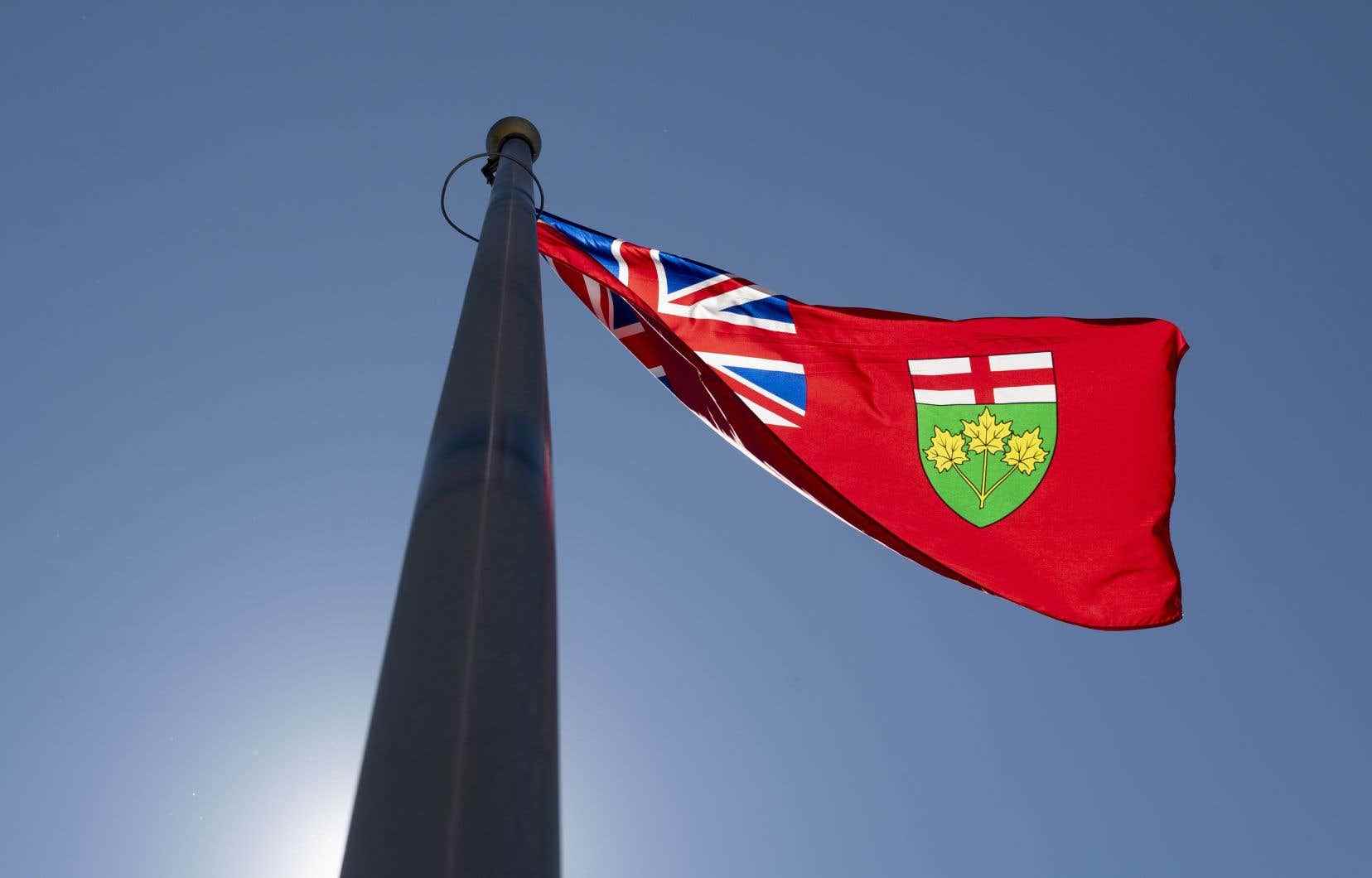Ontario is one of three provinces, along with Alberta and Saskatchewan, that have created their own version of the federal carbon pricing program for large emitters that must be approved by Ottawa. The federal government will assess whether the Ontario program is equivalent to its own model. Ottawa is “beginning to assess the proposals to ensure they meet national standards,” confirmed Kaitlin Power, spokeswoman for Environment Minister Steven Guilbeault.
The Ontario Ministry of the Environment estimates that it can make such savings in its version of the program compared to the federal model, which is used by some provinces and territories such as Manitoba and the Yukon. The Ontario ministry, however, would not specify which elements of its program would reduce costs for emitting factories. “There are differences between our program and that of the federal government,” contented itself with saying the Ministry of the Environment.
In some respects, the Ontario plan is a carbon copy of the federal model. Ontario industries, for example, will be imposed a minimum price of $65 per tonne of carbon starting in 2024, in addition to increasing by $15 per year to reach $170 in 2031. Premier Doug Ford, who long opposed to carbon pricing, claimed in 2020 that the federal government was “protecting the environment on the backs of Ontarians” by raising prices.
But the province is also seeking to deviate slightly from the federal system. Ontario says it follows the Ottawa model for stringency factors — a measure that lowers a plant’s emission limits — but that its program “imposes lower costs than the federal government.” In Ontario, companies only pay a carbon tax on what exceeds a certain standard. This standard decreases as the stringency factor decreases. “A company will pay more as the factor decreases,” summarizes Dave Sawyer, an economist at the Climate Institute of Canada.
Dave Sawyer analyzes from the Ontario proposals document that the federal government imposes new obligations for stringency factors. In a report published in 2021 by the Climate Institute of Canada, on behalf of the federal government, Dave Sawyer and his team determined that there was “little uniformity” in the severity factors in the different Canadian provinces, which jeopardize the competitiveness of the country.
Ontario estimates that it can reduce stringency factors less because of the over $1 billion provincial and federal government investments in the steel sector. The two biggest emitters of CO2 in the province, according to a CBC analysis — the Dofasco plant in Hamilton and Algoma Steel in Sault. Sainte-Marie — will be transformed by switching to the use of an electric arc furnace. This will lead to “significant emission reductions,” the province notes in its document detailing the regulations.
In an interview with the Global News Network, Environment Minister David Piccini said the province could meet these emission reduction targets through these transformations. By significantly reducing emissions in the steel sector, other industries, the government could put less pressure on industries that are not yet able to meet their own targets, described David Piccini.
“If I had to predict, I’d say that’s where the savings come from,” said Keith Stewart, an energy policy expert at Greenpeace. “Imagine a system where all industries have to reduce their emissions by 40%. If the steel sector is already reducing by 70%, all other industries will only have to reduce their emissions by 30%”, he illustrates. Economist Dave Sawyer is unsure if the cost savings can be associated with the steel industry. “The analysis would require a lot of work,” he says.
Mark Winfield, a professor at York University’s Faculty of Environment, nevertheless believes that Ontario is “pushing things” and that it will be interesting to see how the federal government evaluates its proposals.
This story is supported by the Local Journalism Initiative, funded by the Government of Canada.
